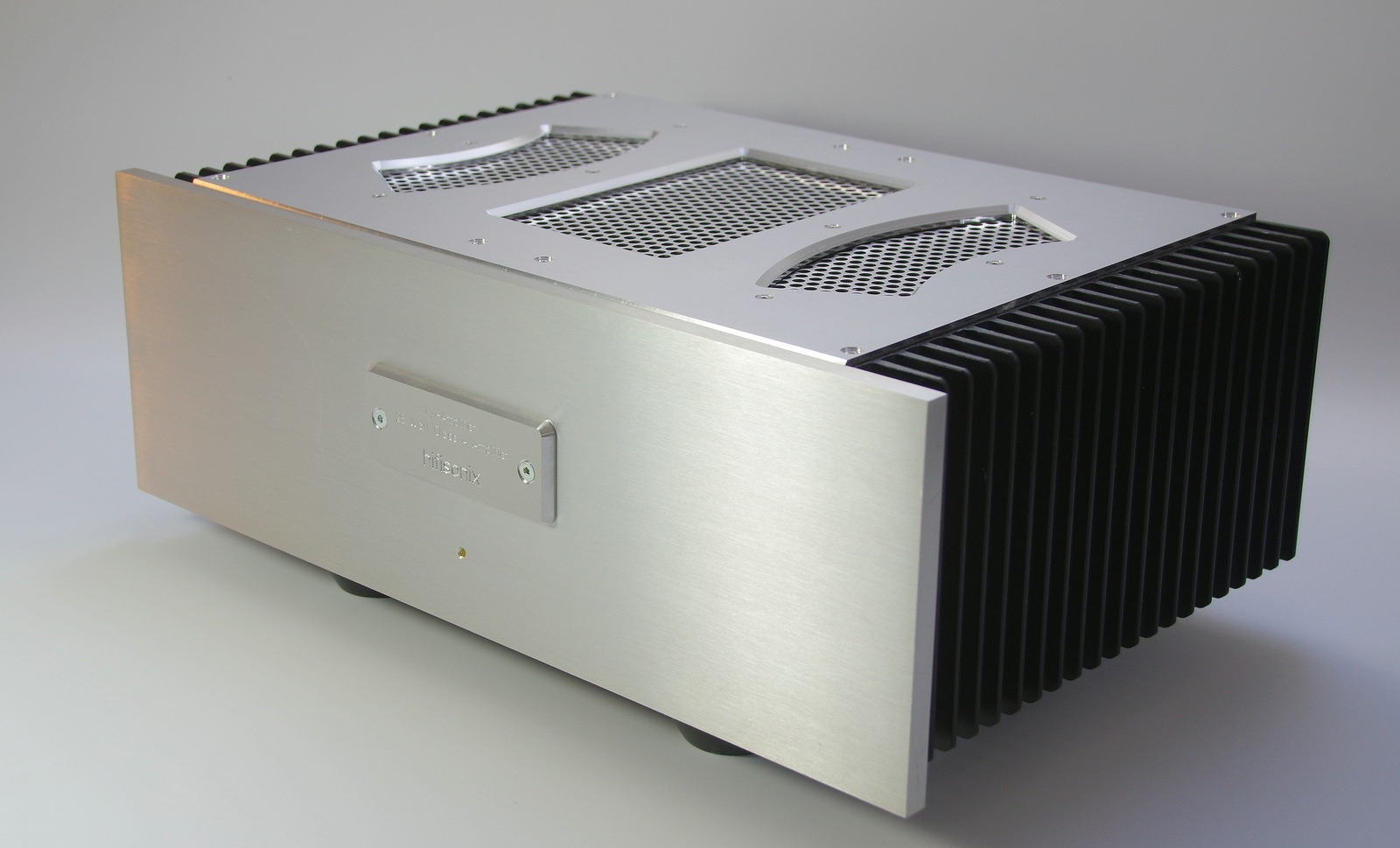The 15W RMS (28W peak class A) kx2-Amplifier offers outstanding noise and distortion performance and is specifically designed for driving high efficiency speakers in average to large listening spaces but also performs well driving more normal efficiency speakers in restricted listening spaces.
Whether you are an experienced audio equipment constructor looking for the ultimate small amplifier to drive your horn speakers, or new to the game and looking for an introduction to class A solid state amplifiers, the kx2-Amp is the perfect answer to your search. As always, I am on hand to help you through your build process.
Click Here for the kx2-Amplifier Build Document
Click Here for the kx2-Amplifier BOM
Click here to buy Kx2-Amplifier PCBs over in the shop https://www.hifisonix.com/shop/nx2-amplifier-pcbs/
Click here to buy a Ripple Eater Power supply
The kx2 features very low distortion (see the build doc linked to above for a full set of measurements) and uses TMC (‘transitional miller compensation’). By opening a jumper on the PCB, the compensation can be changed to standard Miller compensation which some people prefer. On the kx2, the output operating mode can be switched between class A, class AAB or class AB in similar fashion to its larger brother, the ax-Amplifier, by means of a 3-position toggle switch located on the underside of the amplifier just behind the front panel.
Careful attention to the PCB layout and routing of some tracks resulted in a dramatic 15 dB reduction in the measured noise floor compared to the sx-Amp which was first published way back in 2012. In class AB mode, the noise floor -120 dBr reference 15W RMS into 8 Ohms, and in class A mode -115 dBr 15 W RMS into 8 Ohms (inputs shorted to signal ground in both measurements).
The OPS bias is controlled with a single transistor servo that maintains the DC operating conditions to within 3% over the full operating temperature range (15C through to >60C).
The version you see in the image above was built in a housing that I originally purchased in Taipei when I lived there. I had a new top plate fabricated by Schaeffer AG in Germany in 2018. For UK builders, there is also the option in the UK of Meface Ltd, but the maximum panel thickness is 3mm.

Leave a Reply